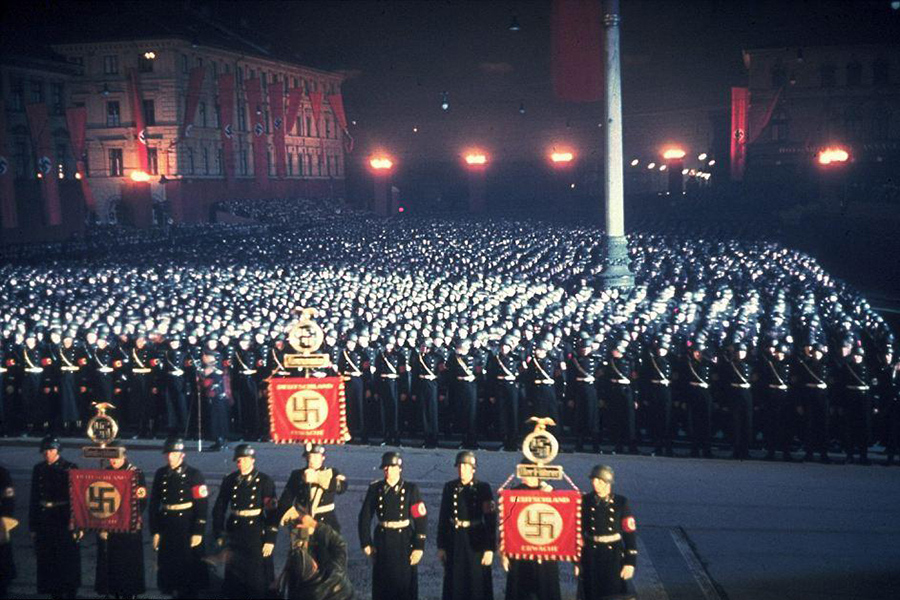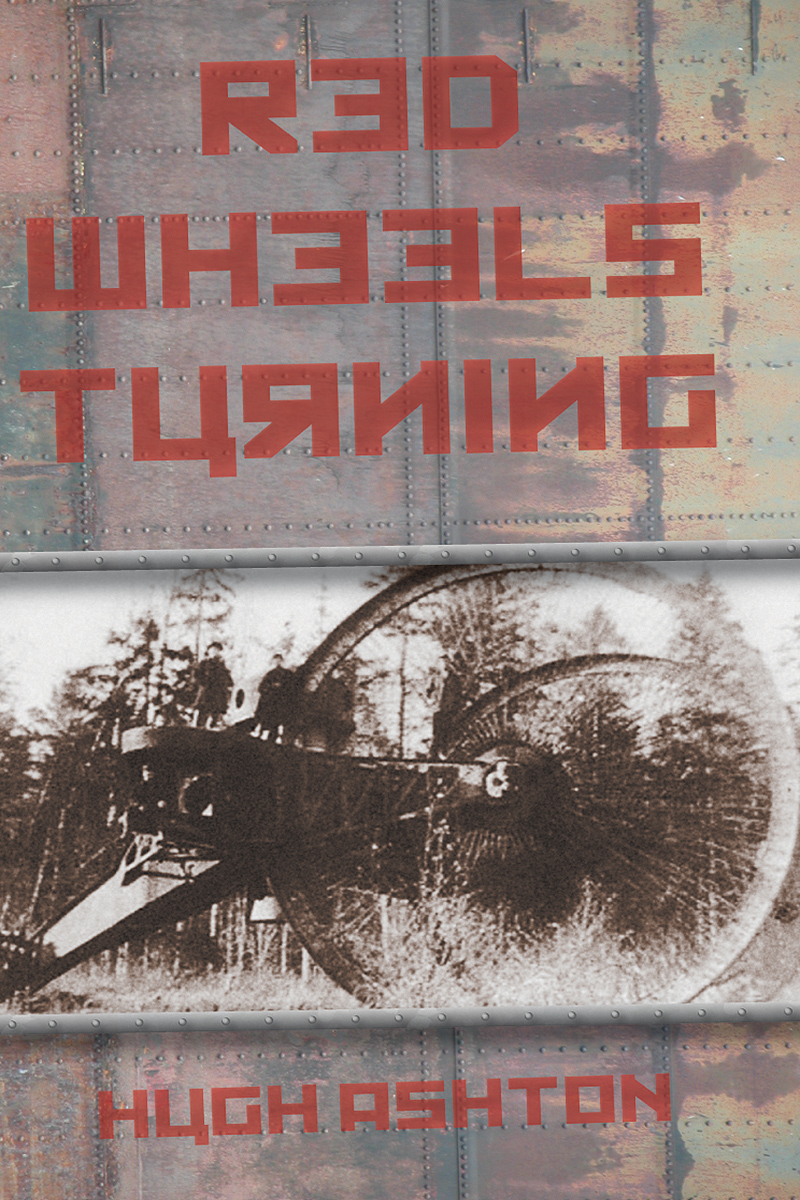
The Petri 7s is a 35 mm analog camera from the 1960s. I’m not sure how common it is in Europe at this point. I am far from an expert on how easy it is to find a certain camera as I seem to acquire mine mostly through circumstance, friends, family and sheer luck.
My own Petri 7s was my father’s. He kindly donated it to me when I got back into analog photography a few years ago.
If you really want one, and can’t find it (locally), I recommend contacting Japan Camera Hunter.
After having shot two rolls with it (Hema Super SR 200 and Lomography color negative 400), I can see why my dad was so keen to pop a camera in my hands as soon as I was able to properly frame a picture and leave nearly all family photography to me. The Petri 7s may not seem like much of a pain to use, but it really is.
Half the time the internal light meter, which is pretty huge, doesn’t work, leaving me with blurry, under- or overexposed shots.
The ones that do come out properly, though, come out really well.
To date, the Petri is the only camera in my significant array which can correctly capture the shade of my Havana Brown cat’s fur. Most cameras just claim it’s black, which it isn’t. So there is no debating the color realism on the photos that come out right.
Of course, this would all be less of an issue with monochrome film, so if you shoot (only) in black and white, then I suppose this camera isn’t a bad choice if you don’t mind fussy settings, like a challenge and can get your hands on it cheaply.
It’s completely self-explanatory to load and use (although it can never hurt to read the manual), but the fact that several key settings are on top of the camera isn’t very practical. You can get a settings match for sharpness, framing and light in the viewfinder as well, but if you wear glasses it’s not the most visible, if at all.
Cumbersome and impractical, the Petri 7s is frankly not the best choice for a vintage 35 mm camera. You’re better off going for another brand.




